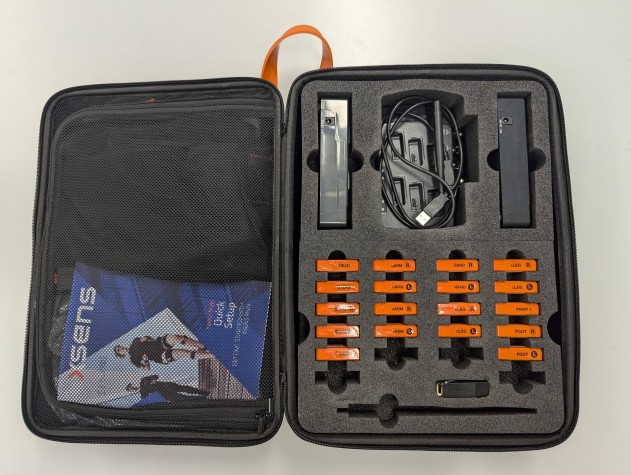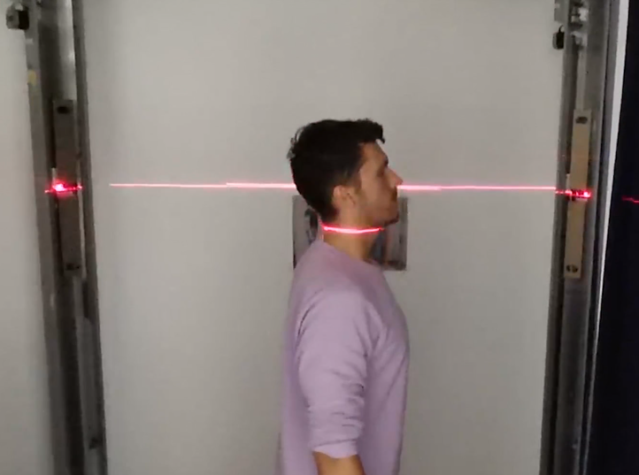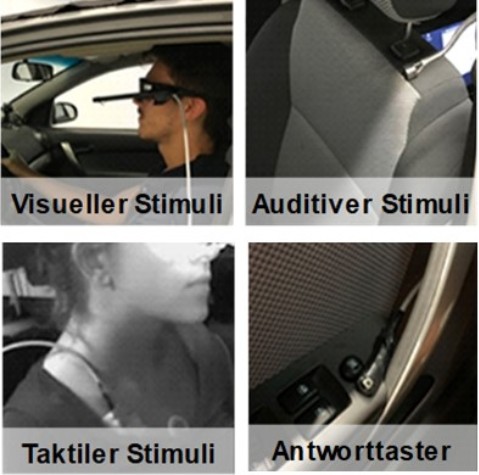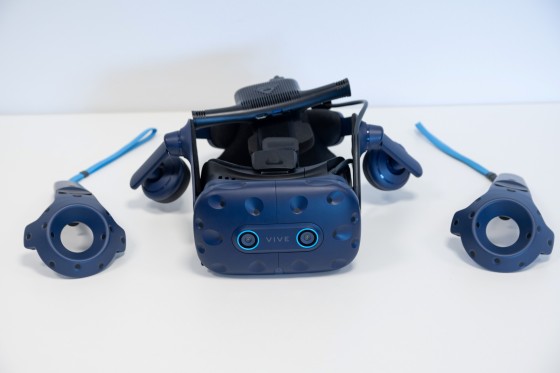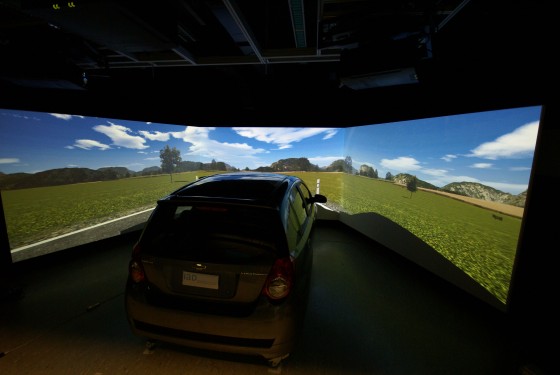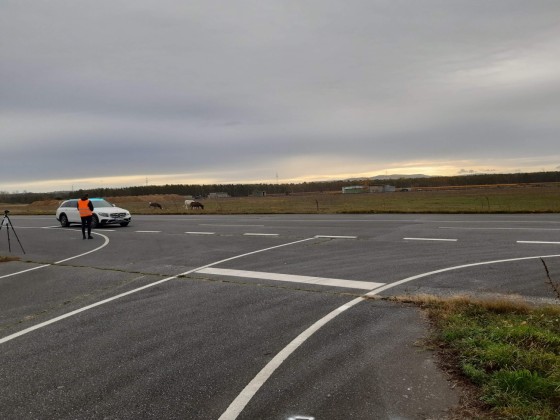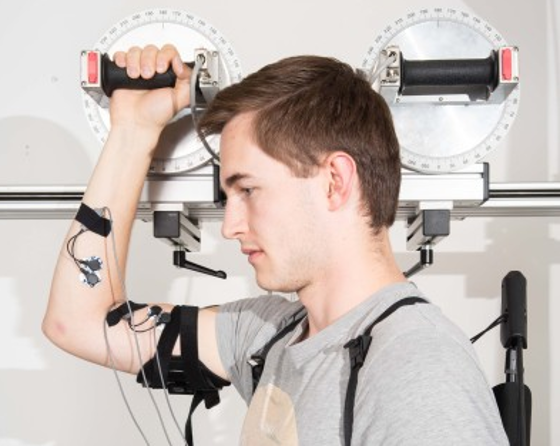At IAD, we rely on a wide range of analysis methods to accurately identify user requirements for technical systems, user interfaces, workplaces and -processes and to design them based on the latest scientific findings. Using the persona method, we develop user models that represent key user groups and help us to derive specific requirements of the relevant target groups. International, European and national design standards are also incorporated into our work. In order to gather requirements directly from future users and relevant stakeholders, we often use a variety of survey techniques – from personal interviews and focus groups to online questionnaires.
Ergonomics & Human Factors

Methods & Laboratories
On this page you can find out more about our methodological approach to human-centered analysis, development and evaluation of user interfaces (human-machine interfaces), workplaces and -processes in research and industrial projects. Below you will find further information on selected measurement systems and tools as well as our research environments and laboratories.



